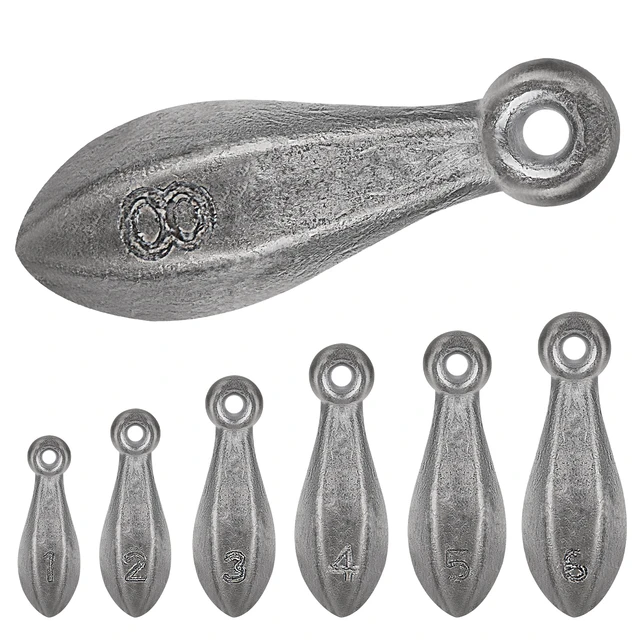New approach provides safe, efficient marine crew transfer
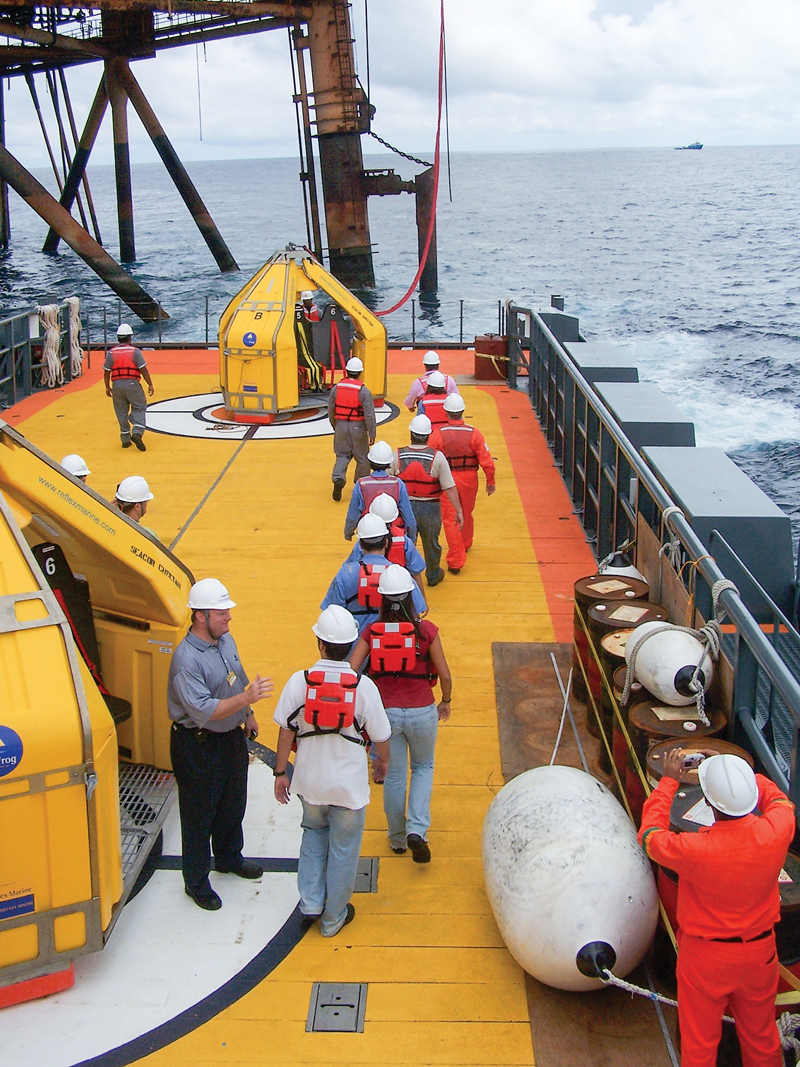
From the outset, the offshore oil and gas industry has used both air and marine transportation to move its workforce. Both transport alternatives carry risks, while serving the same essential purpose to transport personnel offshore in a safe, efficient manner. Historically, aviation has suffered from high numbers of fatal incidents,1 whereas injuries have been relatively low. By its nature, aviation incidents tend to have serious consequences. In contrast, marine transfer, which is performed most frequently using cranes, has suffered lower levels of fatalities,2 although injuries are commonplace.
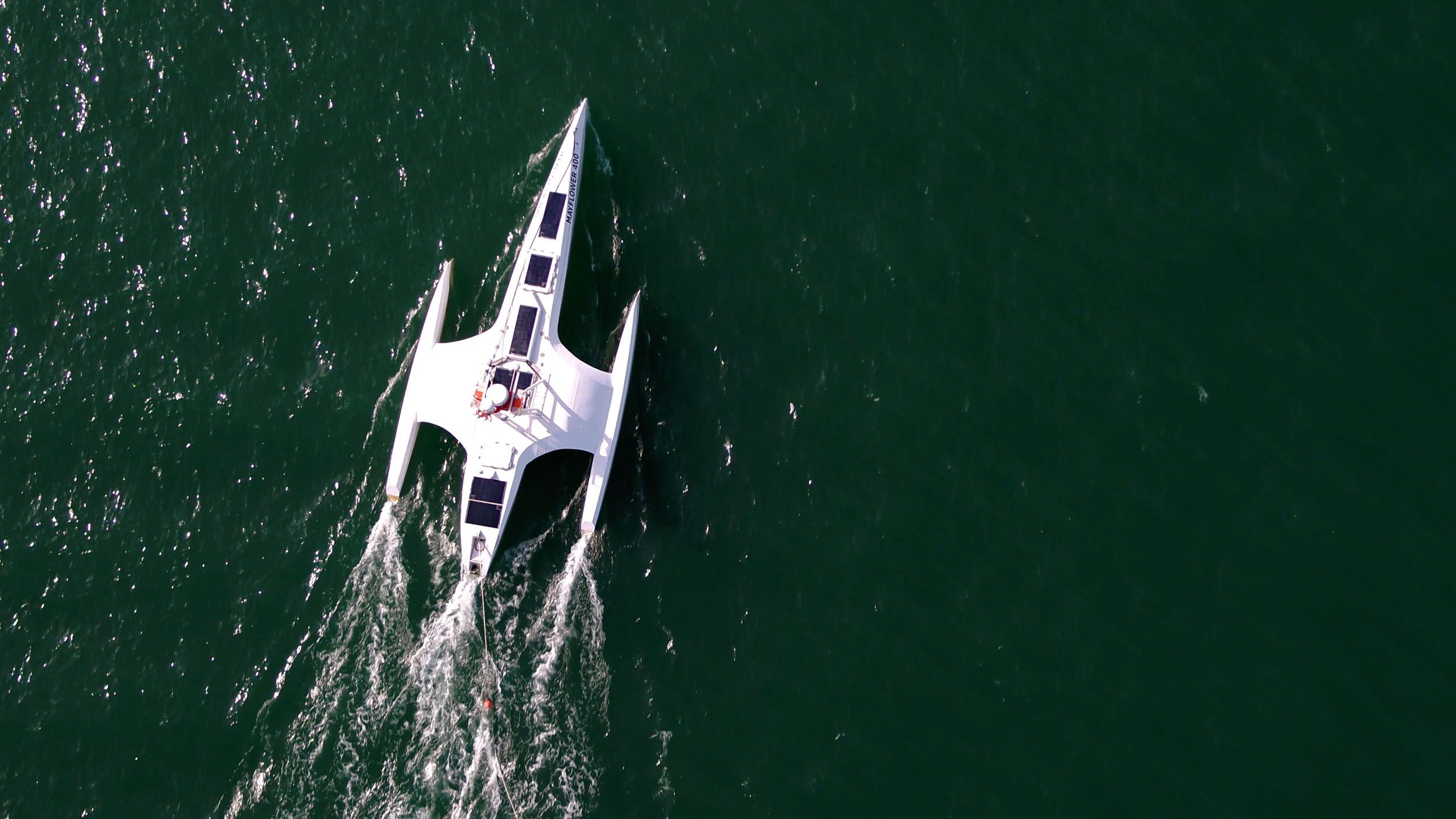
The Mayflower Autonomous Ship: AI-Piloted Vessel Crosses Atlantic
.jpg)
An Introduction to Crew Transfer Vessels

IMCA issues new guidance for offshore wind crew transfer - SAFETY4SEA

Newsletter April 2023 - Vessel Monitoring Projects in the USA
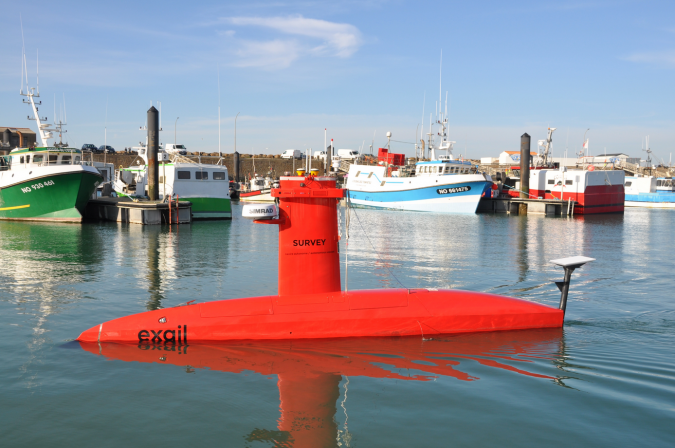
Hydrographic surveying goes green
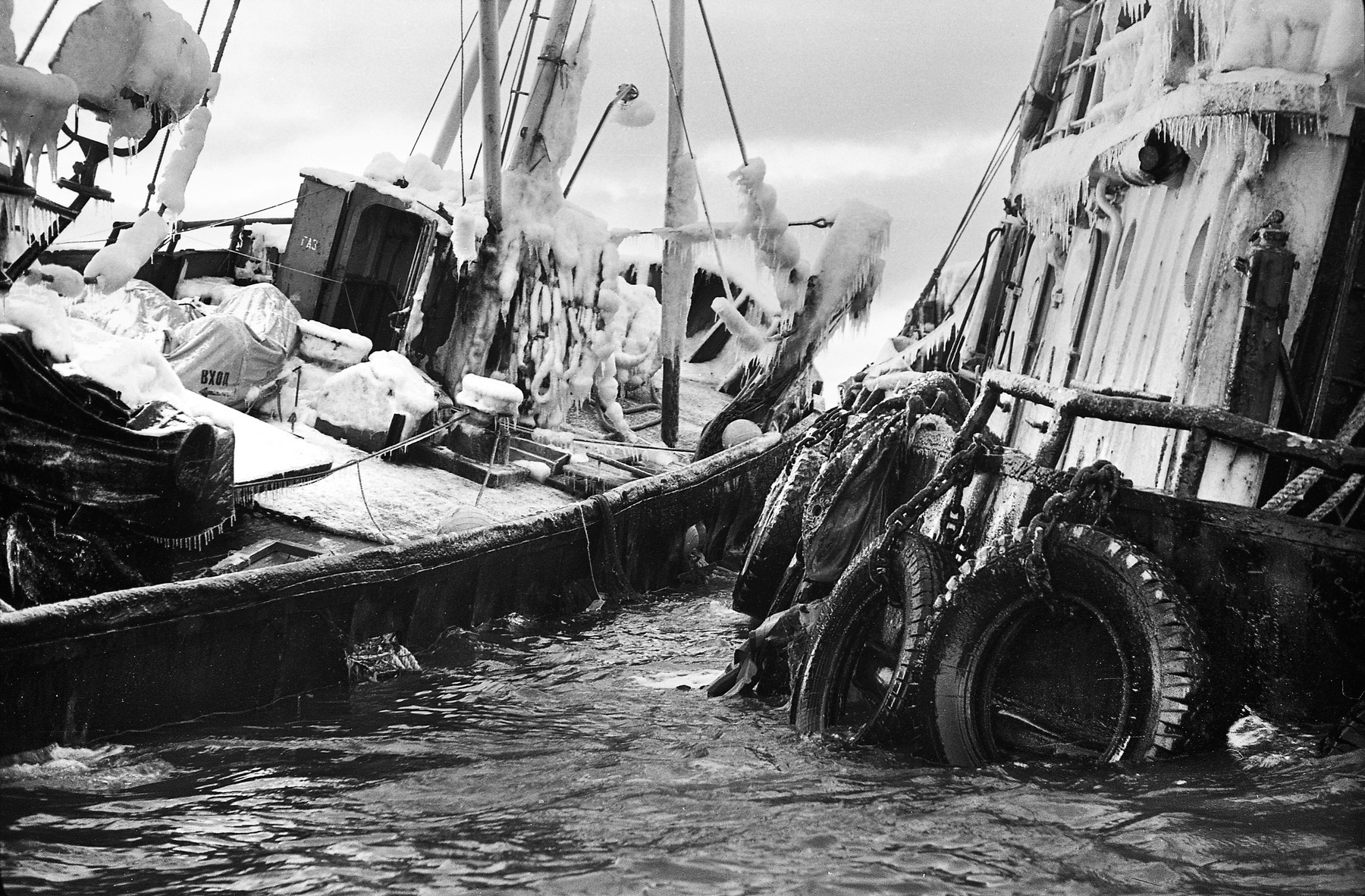
Marine salvage - Wikipedia
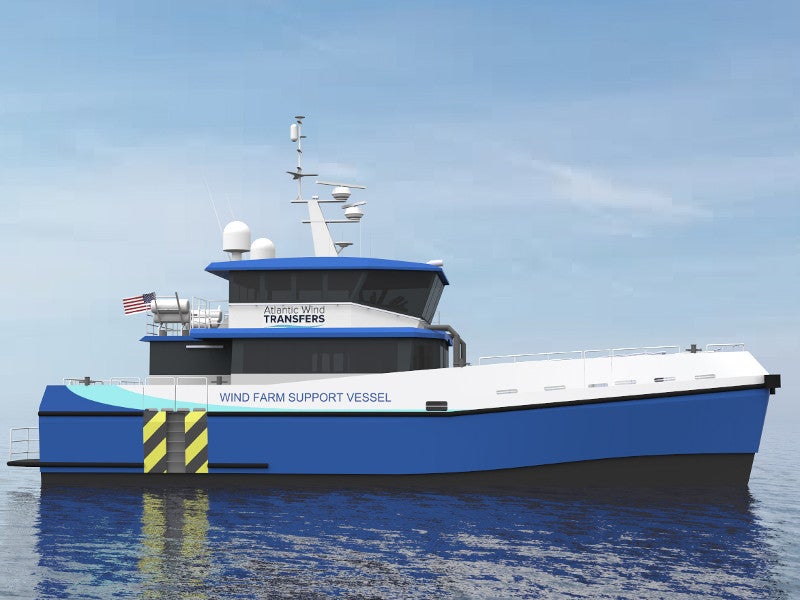
Chartwell 24 Crew Transfer Vessel, United Kingdom
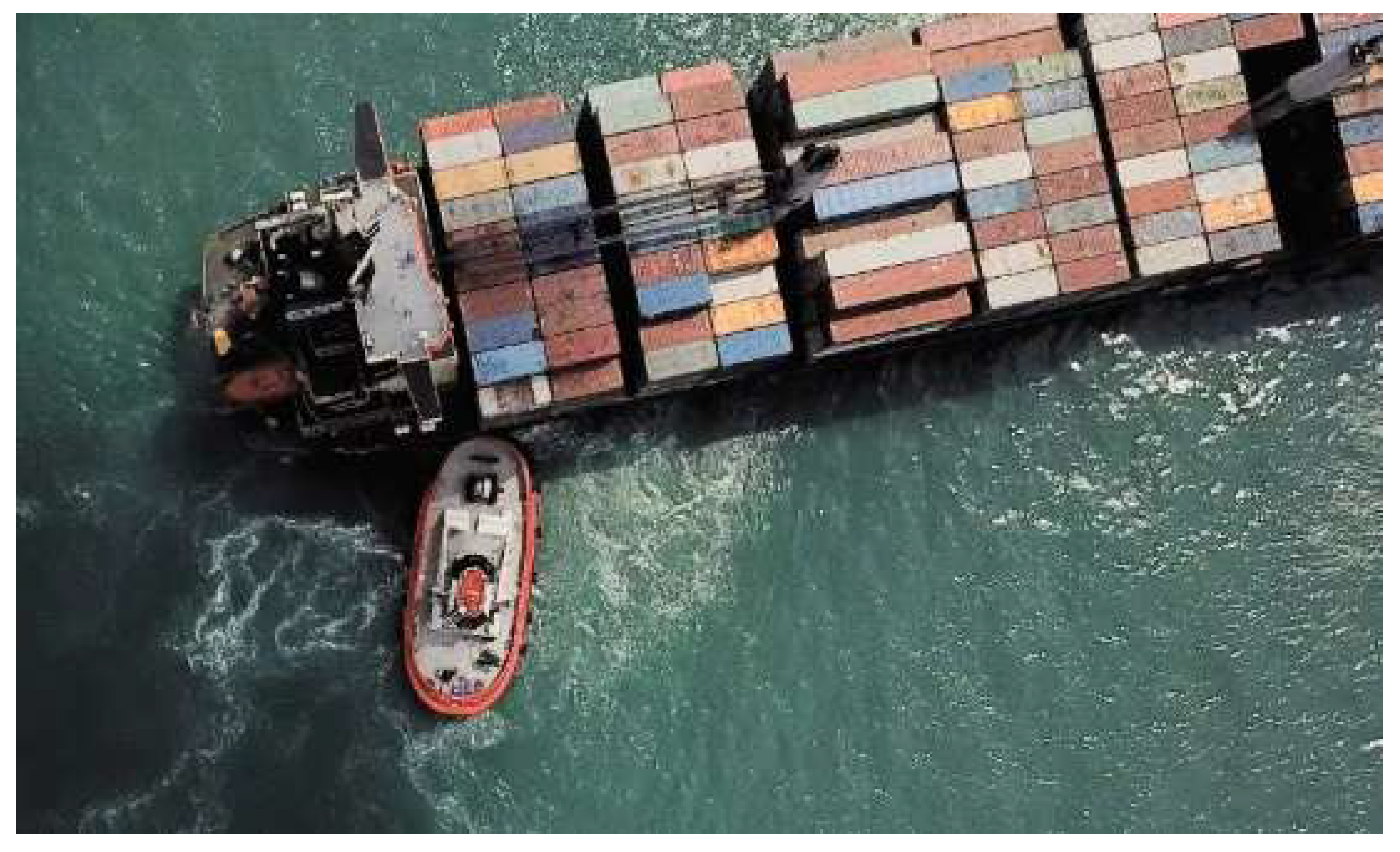
JMSE, Free Full-Text

Offshore Passenger Transfer System
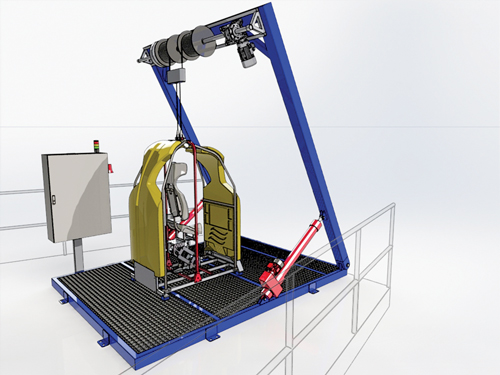
New approach provides safe, efficient marine crew transfer
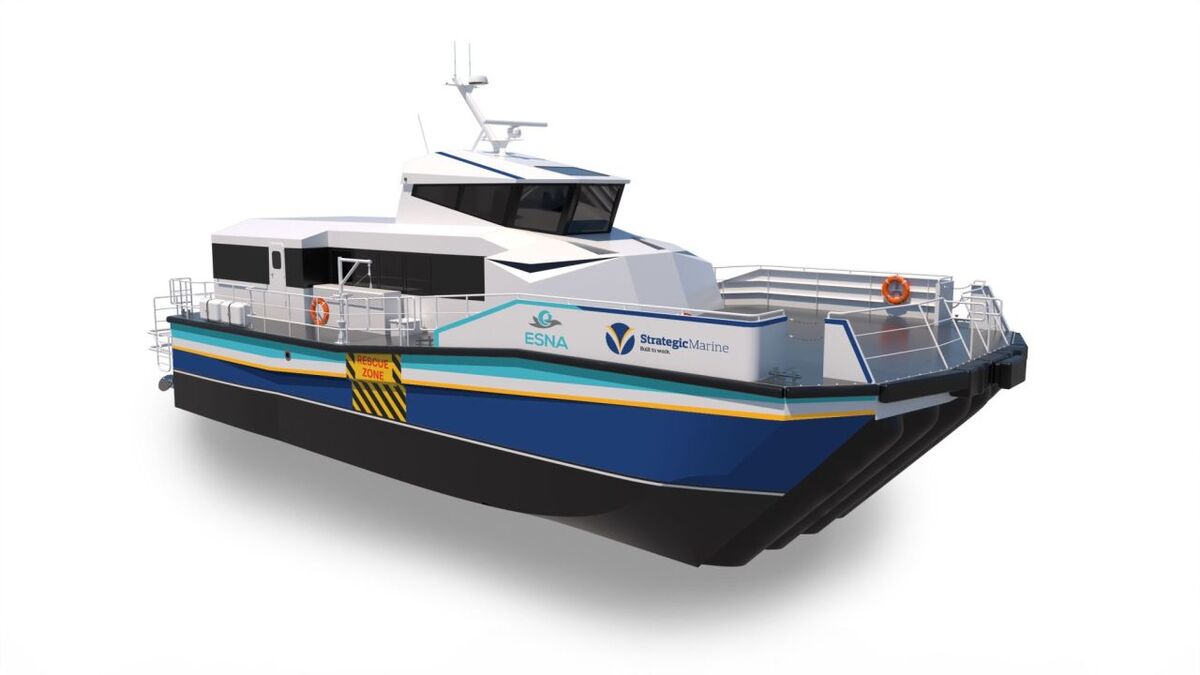
Riviera - News Content Hub - ESNA, Strategic Marine to develop

Riviera - News Content Hub - First trimaran crew transfer vessel

bouchra mrabeti (@bouchramrabeti) / X
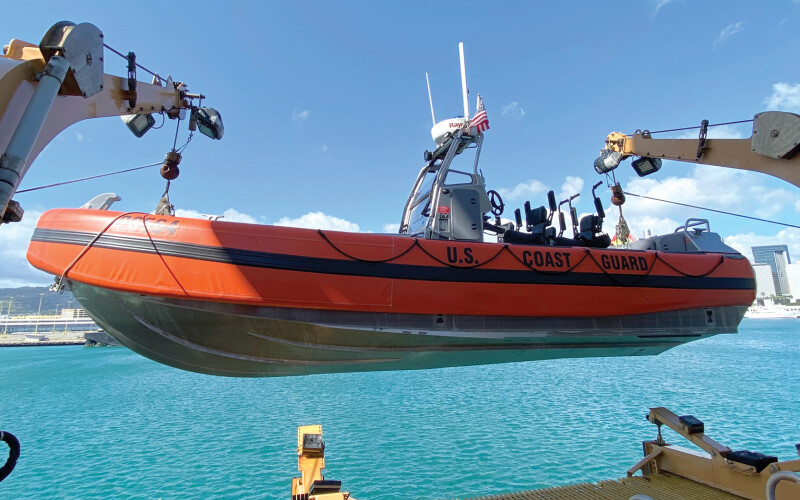
Test driving the Coast Guard's new over-the-horizon cutter boat
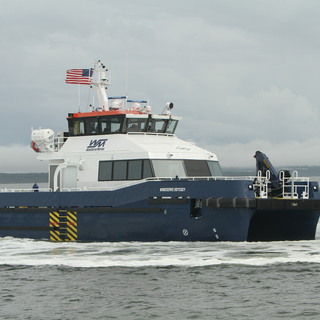
Offshore support and crew transfer vessels





